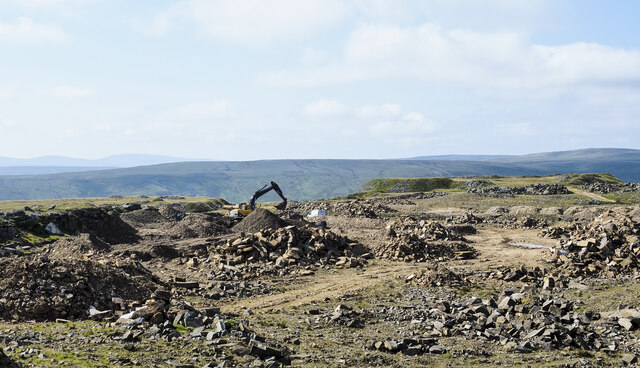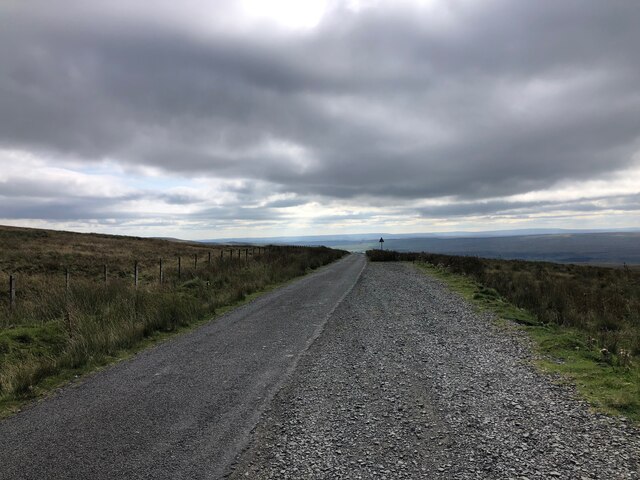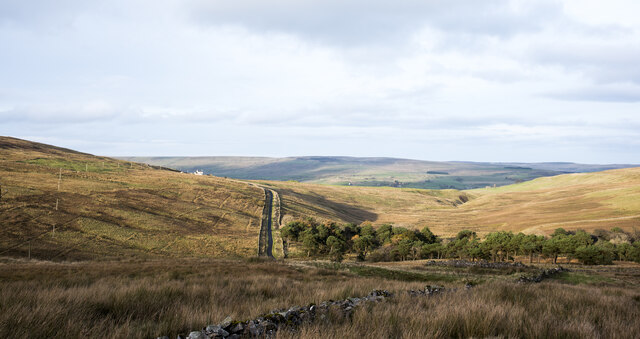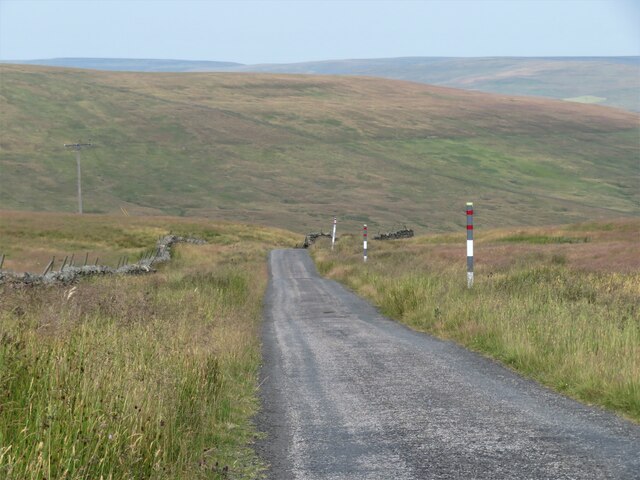Swinhope Burn Head
Landscape Feature in Durham
England
Swinhope Burn Head

Swinhope Burn Head is a prominent landscape feature located in the county of Durham, England. It is situated near the village of Wolsingham, within the North Pennines Area of Outstanding Natural Beauty. This breathtaking landscape feature consists of a picturesque waterfall cascading down a steep gorge, surrounded by lush greenery and towering cliffs.
The waterfall itself is formed by Swinhope Burn, a small stream that flows through the area. As the water descends over the rocks, it creates a mesmerizing display of rushing water and mist, creating a tranquil and serene atmosphere. The height of the waterfall varies depending on the season and recent rainfall, but it can reach an impressive height of approximately 20 meters during periods of heavy precipitation.
The surrounding cliffs and rocky outcrops provide a dramatic backdrop to the waterfall, adding to its allure. The area is rich in flora and fauna, with numerous plant species, including mosses and ferns, thriving in the damp and shady environment created by the waterfall. The site is also home to a variety of bird species, making it a popular spot for birdwatching enthusiasts.
Access to Swinhope Burn Head is relatively easy, with a well-maintained footpath leading visitors to an overlook point that offers stunning views of the waterfall and the surrounding landscape. The site attracts both locals and tourists alike, who come to admire the beauty of this natural wonder and enjoy the tranquility it provides.
In conclusion, Swinhope Burn Head is a captivating landscape feature in Durham, offering visitors a chance to immerse themselves in the beauty of nature and experience the power and serenity of a picturesque waterfall.
If you have any feedback on the listing, please let us know in the comments section below.
Swinhope Burn Head Images
Images are sourced within 2km of 54.698033/-2.1871831 or Grid Reference NY8833. Thanks to Geograph Open Source API. All images are credited.


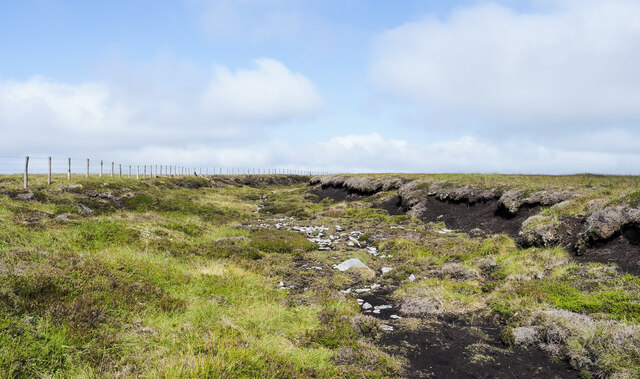




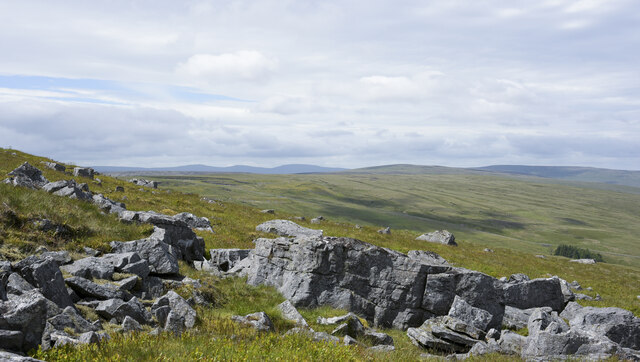
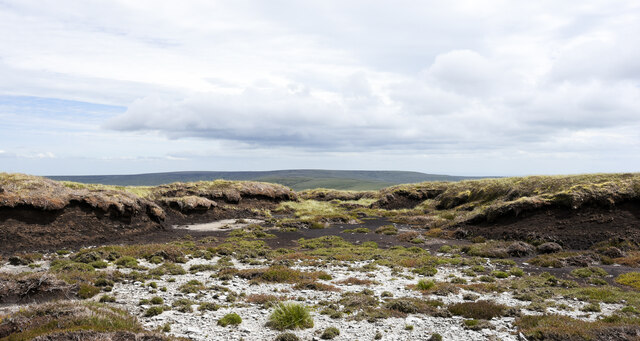
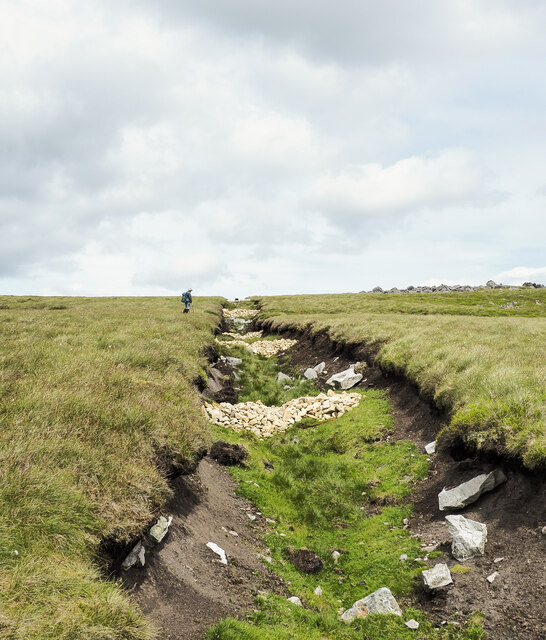
![Road summit at Swinhope Head [2] Quite a contrast to the last time I took a photograph here [22/03/18] as the temperature on that occasion was only a little above freezing, but on this occasion it was 33°C, even at 2000ft. Taken on a day of record breaking temperatures across Britain. Not much point in coming up here to keep cool.](https://s3.geograph.org.uk/geophotos/07/23/44/7234403_67798f0e.jpg)
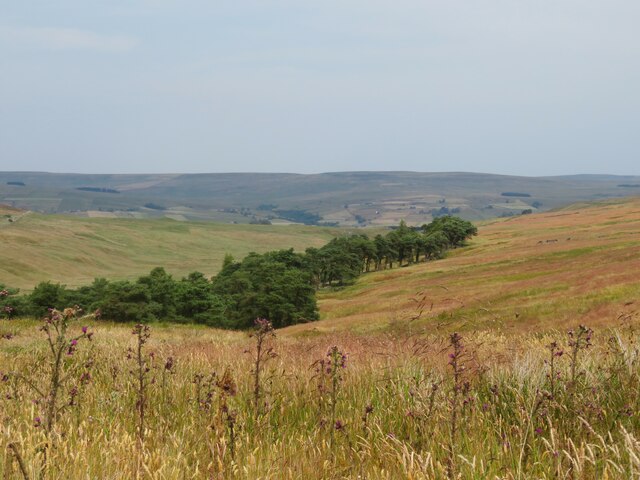
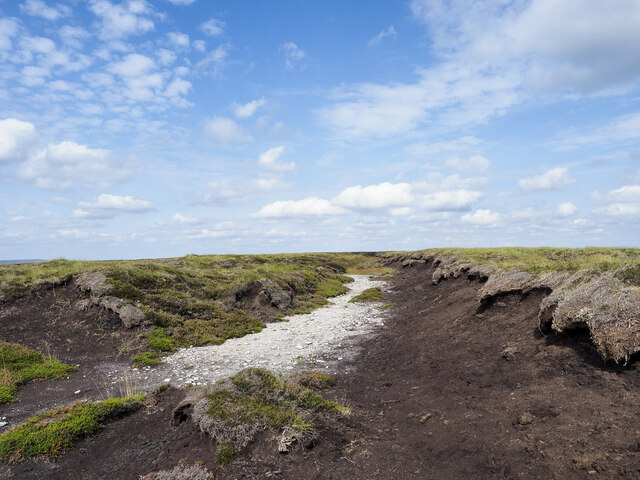
Swinhope Burn Head is located at Grid Ref: NY8833 (Lat: 54.698033, Lng: -2.1871831)
Unitary Authority: County Durham
Police Authority: Durham
What 3 Words
///slime.conducted.heartless. Near Newbiggin, Co. Durham
Nearby Locations
Related Wikis
Harthope Moss
Harthope Moss, also known as Chapel Fell (elevation 627 m; 2,057 ft) is a mountain pass in the English Pennines. The pass divides Weardale to the north...
Forest and Frith
Forest and Frith is a civil parish in the County Durham unitary authority, in the ceremonial county of Durham, England. In the 2011 census it had a population...
Langdon Beck
Langdon Beck is a village in County Durham, England. It is situated in upper Teesdale, between Forest-in-Teesdale and Harwood, halfway between Penrith...
Ettersgill
Ettersgill is a village in County Durham, England. It is situated at the top of Teesdale, on the north side of the Tees between Newbiggin and Forest-in...
Nearby Amenities
Located within 500m of 54.698033,-2.1871831Have you been to Swinhope Burn Head?
Leave your review of Swinhope Burn Head below (or comments, questions and feedback).
